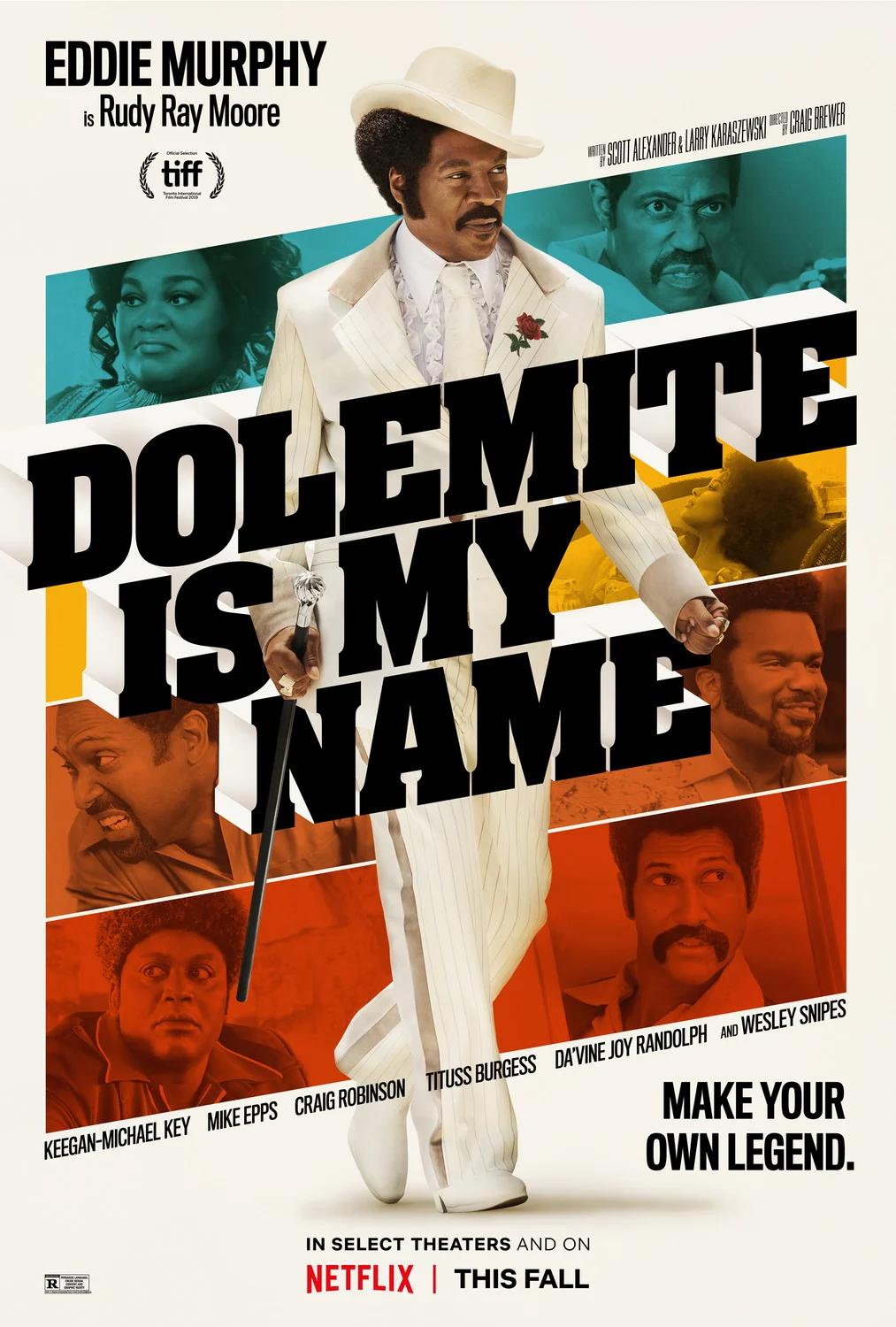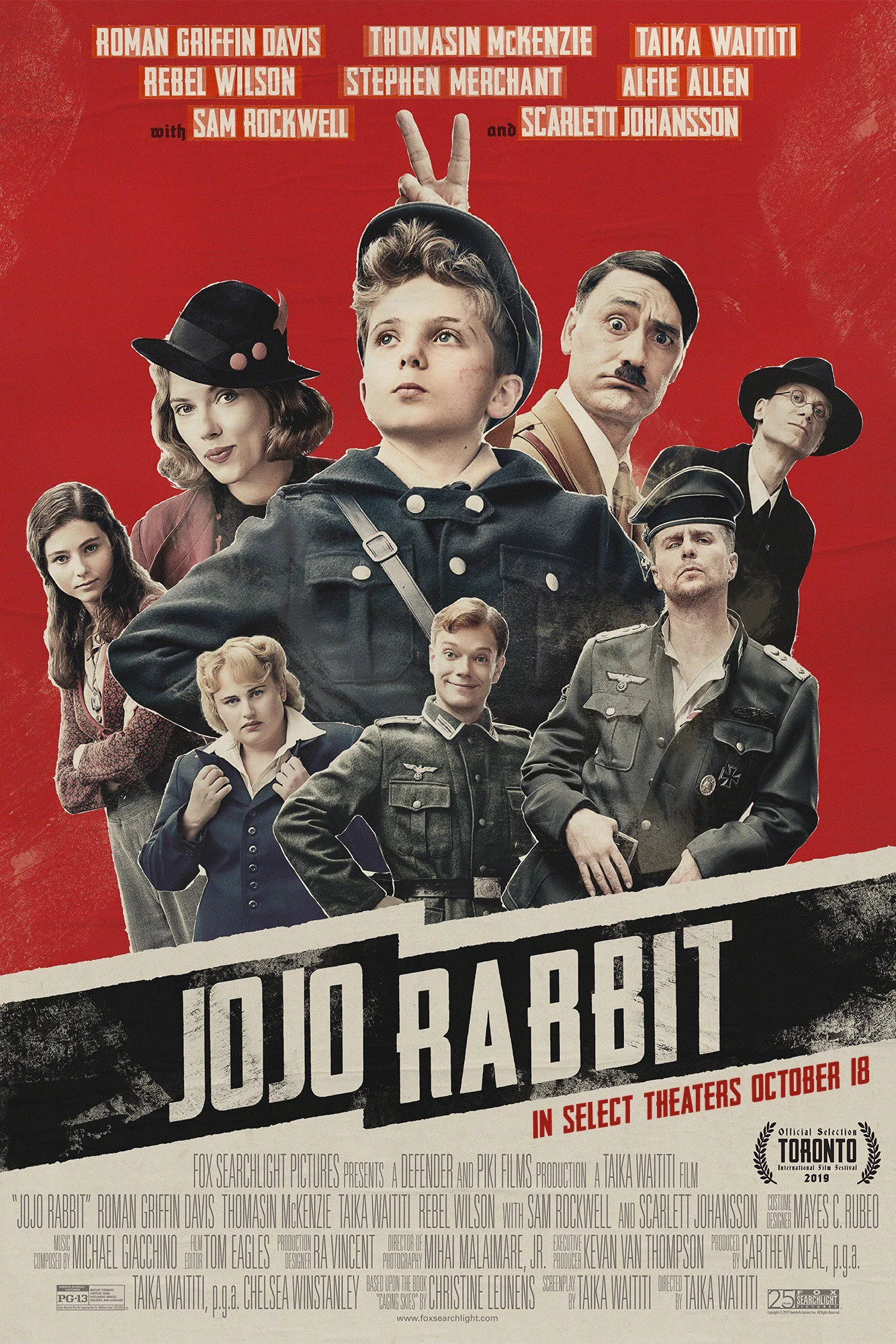The Lighthouse
- Robert Eggers’ sophomore directorial outing is fucking weird as shit. It’s also breathtakingly original, disturbing, and a borderline masterpiece.
Full Disclosure: A24 + Robert Eggers + Willem Dafoe = Boundless intrigue for me. Indie distributor A24 has become a titanic juggernaut of relentless artistic quality that is severely lacking in the tentpole fare that we’re force-fed on a regular basis. Robert Eggers is a masterful director who created one of my favorite horror films of all time in 2015’s The Witch. Willem Dafoe is a powerhouse no matter what he’s in. That’s all I knew going in to the theater, and all I needed to know.
Review
Jesus, this was a doozy. Where to start? With The Lighthouse, auteur Robert Eggers (The Witch) has proven beyond all doubt that his incredible debut effort was no fluke. He is quickly rising through the ranks as one of the premier filmmakers of this generation. Co-written with his brother Max, The Lighthouse is as beautiful as it is a disturbing tale of isolation and a decent into utter madness. It is shot entirely in black and white and in an extremely narrow aspect ratio, giving the viewer a great sense of discomfort and claustrophobia from the first shot to the last. This is undoubtably a shoutout to German Expressionist films of the 1920’s like Nosferatu and The Cabinet of Dr. Caligari.
Eggers is clearly a master of his craft. Each scene is so meticulously staged that every shot looks like a painting you’d find in a prestigious museum. He’s a filmmaker’s filmmaker. Unfortunately, this means that his films aren’t for everyone. He’s an acquired taste. He makes pieces of cinema, not movies; and there is a big difference. You aren’t meant to munch on popcorn and slurp soda during this, lest you miss an important detail or subtlety Eggers is trying to get across. It sounds snobby, I know, but his works could just as easily be shown in the Getty as they could in a movie theater.
Take any screenshot from this film and you could hang it in a gallery. It’s insane how talented Robert Eggers is.
Eggers seems to have found one of the most unique niches in modern cinema: arthouse period horror films based on New England folklore. His passion for the subject is evidenced by the extensive research he does for his projects. With both The Witch and The Lighthouse, authentic dialogue from the times is used. With The Witch, it was the 1690’s. With The Lighthouse, it’s the late 19th century. Both are based on real journals, poems, and legends that Eggers had to dig through to give his films the most genuine feel possible. This can be off-putting to some, but to history nerds like me, it’s a glorious and refreshing change from the norm. Most period pieces just slap an English accent on top of modern dialogue, no matter the time or place where the events occurred, just to widen their appeal. Eggers refuses to fall in to that trap, and I applaud him for it.
Willem Dafoe and Robert Pattinson work very well against one another with the flawless material given to them by Eggers.
Despite my gushing and waxing poetic thus far, The Lighthouse is not a perfect film. It’s a daring and wholly unique film, but it’s not as good as The Witch. The Lighthouse stars Willem Dafoe as a salty old sea dog, seemingly ripped from the pages of Moby Dick. He’s a lighthouse keeper, or “wickie”, who takes his job very seriously. Joining him is Robert Pattinson as a wandering young man in need of work. Dafoe is an absolute powerhouse and, in my mind, a front-runner for an Oscar nomination. This film acts as a vessel for him to spout some of the most insane, lengthy, and amazing monologues of his storied career, and that’s saying quite a bit.
Pattinson continues to try to put his Twi-Hard fans to the rudder by taking risky indie roles that challenge him artistically. When you’ve made truckloads of big studio franchise money, you have that luxury. Like Daniel Radcliffe before him, Pattinson will forever struggle to shake the mantle of being the star of a mega-hit series based on young adult novels. He does an admirable job here, but when a film stars two actors that share almost every single scene together, you need two great actors to really pull it off.
Try as he might, the artist formerly known as R-Patz is not a great actor. Decent? Yes. Good? Perhaps. Great? No… but he may be on his way. The British actor’s New England accent sounds like he just studied a few tapes of old JFK speeches, practiced, “Pahking his cah in the yahd” a few times, had a bowl of chowdah, and showed up to set. The material elevated his performance, not the other way around; and having Willem Dafoe as a scene partner for 99% of the film certainly helped him here.
Spoilers Ahead
Willem Dafoe remains one of the best, weirdest, and most unique figures in Hollywood.
So let’s get down to brass tacks… I just watched a film in which the kid from Twilight savagely fucks an undead mermaid and furiously jacks off to a small mermaid figurine… Cool? There is so much to unpack in this film. So much symbolism. So much imagery. I can’t pretend to know the mind of Robert Eggers. I can only take what he’s given me, digest it, and try to interpret it. I can say that it left an impact on me, and that’s what art is supposed to do. I didn’t really know what to make of this film after it ended. I wasn’t even sure if I really liked it, to be honest. I had to let it marinate in my brain for a few hours. The crazy thing is, the more I think about it, the more I like it. I’ll have to see it again before it leaves theaters to formulate my true and final opinion.
I think the bewilderment I felt at first is a good thing, though. Eggers takes you on a ride with the two lead characters throughout the film. Insanity is a major theme here, and there are so many mind-bending twists and turns that it puts you in the headspace of someone who is losing their grip on reality.
Everything is off-kilter and disjointed. The film’s timeline certainly adds to this. It’s immediately established that the young man is meant to work at the lighthouse for a fixed period of one month. Halfway through the film, it’s said that the young man is on his last night at the lighthouse. From then on, shit gets out of control. By the end, you don’t know if the young man has been there for five weeks or five months. You don’t know what is fact or fiction. You don’t even know what the characters’ real names are. The line between truth and lies becomes so blurred that all you can do is ride the tide.
PSA: Don’t fucking drink kerosene.
5 Quick Hits
Eggers seems to have found the John Williams to his Spielberg in Mark Korven. His mesmerizingly haunting score is as crucial to the tone of this film as the cinematography. The incessant horn from the lighthouse is maddening, yet not annoying. It’s a fine line to walk, but he does it perfectly.
Creepy animals with a murderous agenda play a big part in both of Eggers’ films. While the one-eyed seagull may not reach the iconic status of Black Phillip, he was a large player in his own right. Given that the young man ended the film with one eye, gulls tearing at his exposed intestines, I would imagine the one-eyed gull represents his own conscience pecking away at him for the sins of his past.
I love films that blend the potentially paranormal with the tricks of the mind. I’ve never been a fan of out and out “ghost stories” because I’m not a believer in the paranormal; but when it’s presented under the guise of insanity, it becomes deeply psychological and infinitely more intriguing. Was the mermaid real? Almost certainly not; but it was real to the young man, which makes it all the scarier.
I knew shit was gonna go south in a hurry when they ran out of grain alcohol and switched to kerosene. The mad dance between the two characters only intensified from then on as their brains rotted and their innards poisoned. I like a good buzz as much as the next dude, but Jesus Christ, that’s a line you don’t cross! (Let that be a lesson, kids. The more you know!)
Another interesting parallel between Eggers’ two films is that the climactic scene involves the protagonist reaching a mysterious and forbidden light source, embracing it, and losing their minds in a fit of orgasmic ecstasy. What does the light in the lighthouse represent? I couldn’t say. Obsession? Sin? Enlightenment? Maybe a combination, or none of the above. Nevertheless, it leaves you thinking.






